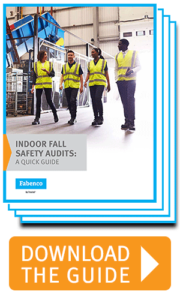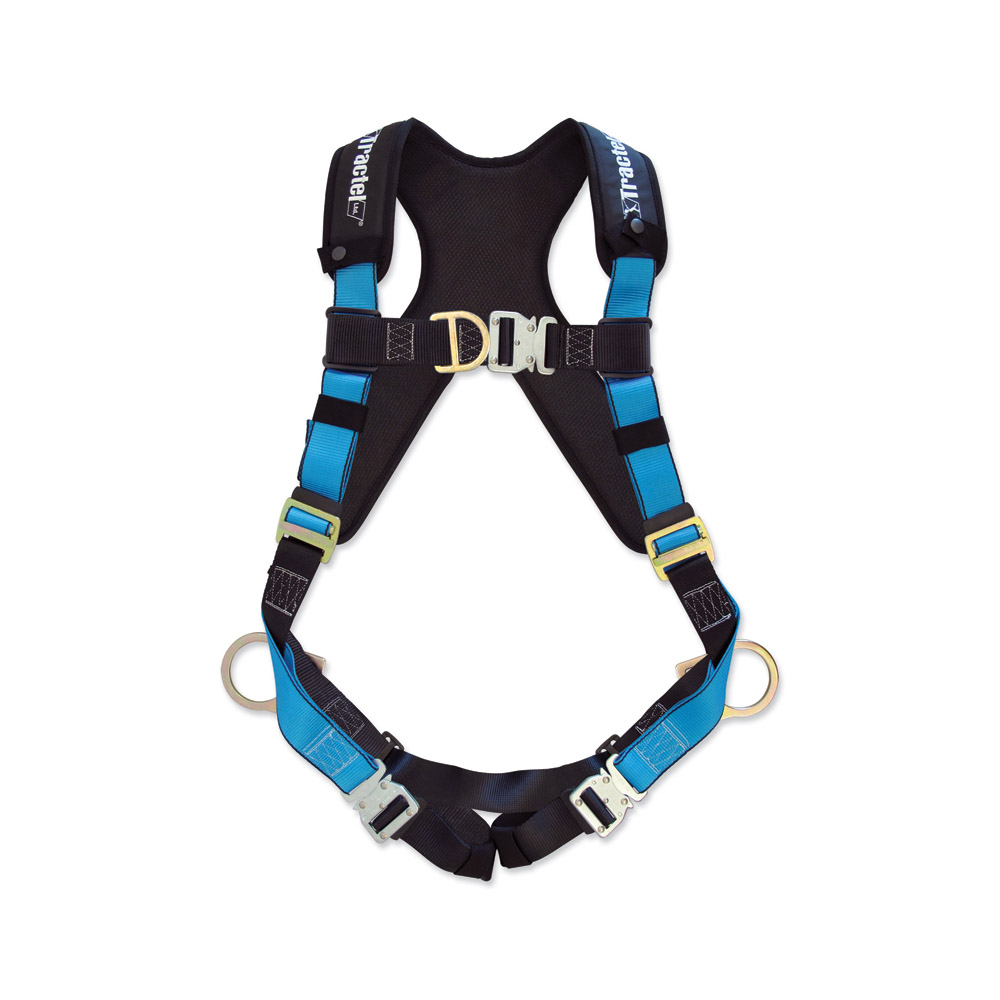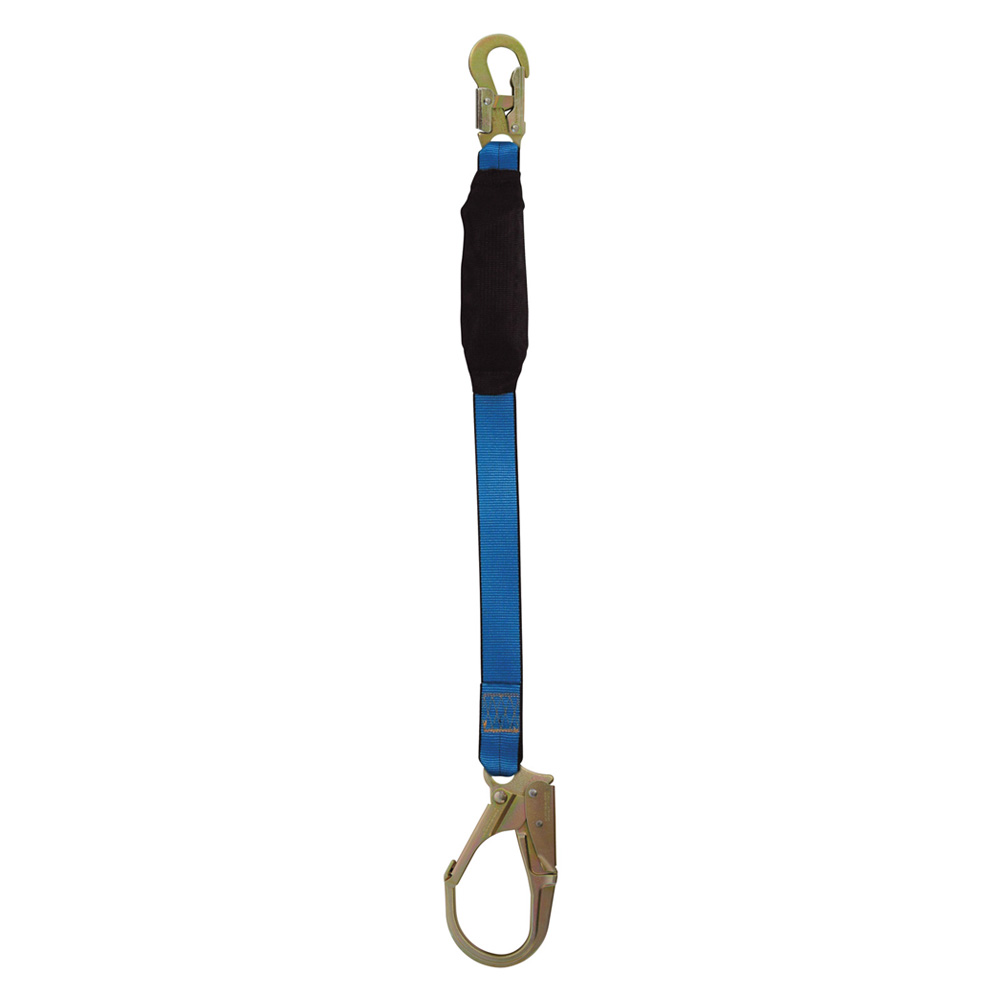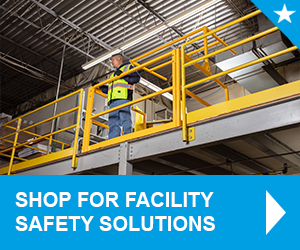
If your company is using personal fall protection equipment in the workplace, and makes the assumption that all is well, you may want to take a pause. Just because your workers are using personal fall protection doesn’t necessarily mean they’re using it correctly each and every time. Unfortunately, misuse of the equipment is an easy oversight. If you’re reading this article, you already have a vested interested in fall safety. But it’s still worth asking—are you using your personal fall protection equipment the right way?
The good news for workers is that the Occupational Safety and Health Administration (OSHA) has established clear guidelines for the presence and use of fall protection equipment in the workplace. As an example, businesses are required to provide fall protection equipment for any workers who work at a height of more than five feet, as well as for those who work over water. Among other things, “fall protection equipment” means that effective guardrails and swing gates are in place. In situations where guardrails and swing gates are not possible, companies must implement “personal fall arrest systems” (PFAS). This might include things like lifelines and safety harnesses and lanyards.
Obviously, all fall protection equipment has to work to be worthwhile. Passive fall protection like guardrails needs to demonstrably prevent workers from falling, while active fall protection needs to arrest any falls that do occur before impact to prevent injuries.
![Dowload the Indoor Fall Safety Audit Guide]() No Matter the Type of Equipment, Safety Begins with Proper Installation
No Matter the Type of Equipment, Safety Begins with Proper Installation
First and foremost, your equipment must be installed and used in compliance with OSHA regulations. According to the American Society of Safety Professionals (ASSP), this is where a lot of people take a misstep. That means guardrails and swing gates need to be secure and able to withstand impact, and harnesses and lanyards need to be in good working order with the appropriate anchorage points. Once your equipment is installed according to code, you also need to make sure your staff knows how to use it.
Since personal fall protection equipment requires active participation on behalf of its user, there’s a lot more wiggle room for mistakes. Take a look at some of the more common misuses to make sure your team stays safe:
Common Misuses of Personal Fall Protection Equipment
![]() 1. Using snap hooks improperly
1. Using snap hooks improperly
Sometimes referred to as pelican hooks or form hooks, snap hooks are usually found on harness and lanyards. Too often, however, they are used in configurations for which they were not intended, leading to falls and injury. Make sure all your employees know the proper configuration before wearing and using the equipment.
2. Using anchors with insufficient strength
Anchors must be strong enough to support the weight of the worker using them. Too often, this is not the case. Businesses must ensure that all anchors used are sufficiently strong enough to do the job they’re designed for. That means testing each anchorage point to make sure they are up to code and can withstand the weight of the workers anchored to it.
![]() 3. Anchoring too low
3. Anchoring too low
Workers sometimes will find it convenient to anchor below their feet. But this creates a serious danger by increasing free fall or decreasing the safe falling distance if a fall should occur.
4. Using damaged equipment
Damaged equipment creates a higher risk of equipment failure should an accidental fall happen. All fall protection equipment should be inspected regularly, and harnesses and lanyards must be inspected before each and every use to ensure they’re in proper working order.
5. Improper fit
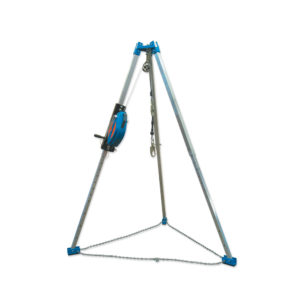
6. Not properly assessing the physical health of your workers
Although this is not specifically an issue with fall protection equipment, it’s important to note that the physical health of your workers is as important as the safety equipment they use. You don’t, for example, want workers with serious underlying medical or psychological conditions (such as vertigo, high blood pressure, or prior injuries to the back or spinal area) to be performing difficult or dangerous jobs, which could either lead to a fall or exacerbate a fall’s outcome.
Conclusion
To ensure the safety of your workers—and the viability and reputation of your business—it’s important that you fully understand and are in full compliance with all OSHA regulations regarding the installation and use of personal fall protection equipment. It might at first blush feel like a good idea to take shortcuts—perhaps you want to save a little time or money. In the long run, however, it’s best to do your homework, buy the right equipment and, of course, use that equipment in the way it was designed to be used.





